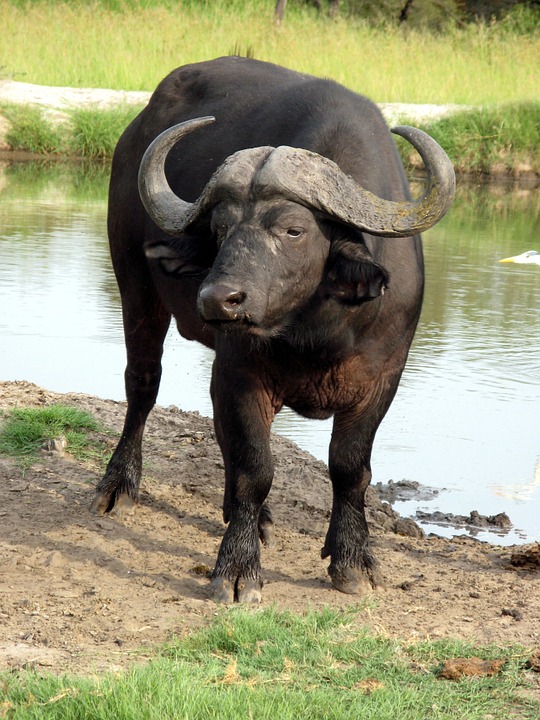Cytogenetic identification of four generations of crossbred buffaloes maintained in a conservation program in the Marajó island/Brazil
DOI:
https://doi.org/10.20873/jbb.uft.cemaf.v5n2.degrandiKeywords:
Amazon, biometry, chromosomes, selectionAbstract
The domestic buffaloes were divided in two groups: the river buffalo, which has chromosome number 2n=50 and the swamp buffalo, 2n=48. The crosses between these animals result in F1 specimens with 2n=49 which are viable and fertile. In Brazil the Baio type and the Carabao breed buffalo are found in small number and maintained in genetic conservation programs that aim to keep these groups separated, this way conserving their genetic heritage in situ as well as ex situ. The objective of this study was to evaluate cytogenetically buffaloes from Carabao breed, Baio type and its F1, F2, F3 and F4 crossbreeds kept in a genetic conservation program. The metaphases were obtained from blood culture of 50 animals Carabao breed, 45 Baio type and 10 animals belonging to the crossbreed progeny. The Baio type presented 2n=50 and the Carabao breed 2n=48. In the progeny were observed specimens with chromosome number 2n=48 or 2n=49 with morphological variations in the first pair of chromosomes. The diploid number 2n=49 confirms crossbreeding of the animals from the conservation program. Thus, the exclusion of these animals from the original herds is highly recommended in order to keep separate genotypes for each genetic group.

Published
How to Cite
Issue
Section
License
Copyright (c) 2024 - Journal of Biotechnology and Biodiversity

This work is licensed under a Creative Commons Attribution 4.0 International License.
Authors who publish with this journal agree to the following terms:
Authors retain copyright and grant the journal right of first publication with the work simultaneously licensed under a Creative Commons Attribution License (CC BY 4.0 at http://creativecommons.org/licenses/by/4.0/) that allows others to share the work with an acknowledgement of the work's authorship and initial publication in this journal.
Authors are able to enter into separate, additional contractual arrangements for the non-exclusive distribution of the journal's published version of the work (e.g., post it to an institutional repository or publish it in a book), with an acknowledgement of its initial publication in this journal.
Authors are permitted and encouraged to post their work online (e.g. in institutional repositories or on their website) prior to and during the submission process, as it can lead to productive exchanges, as well as earlier and greater citation of published work (Available at The Effect of Open Access, at http://opcit.eprints.org/oacitation-biblio.html).


